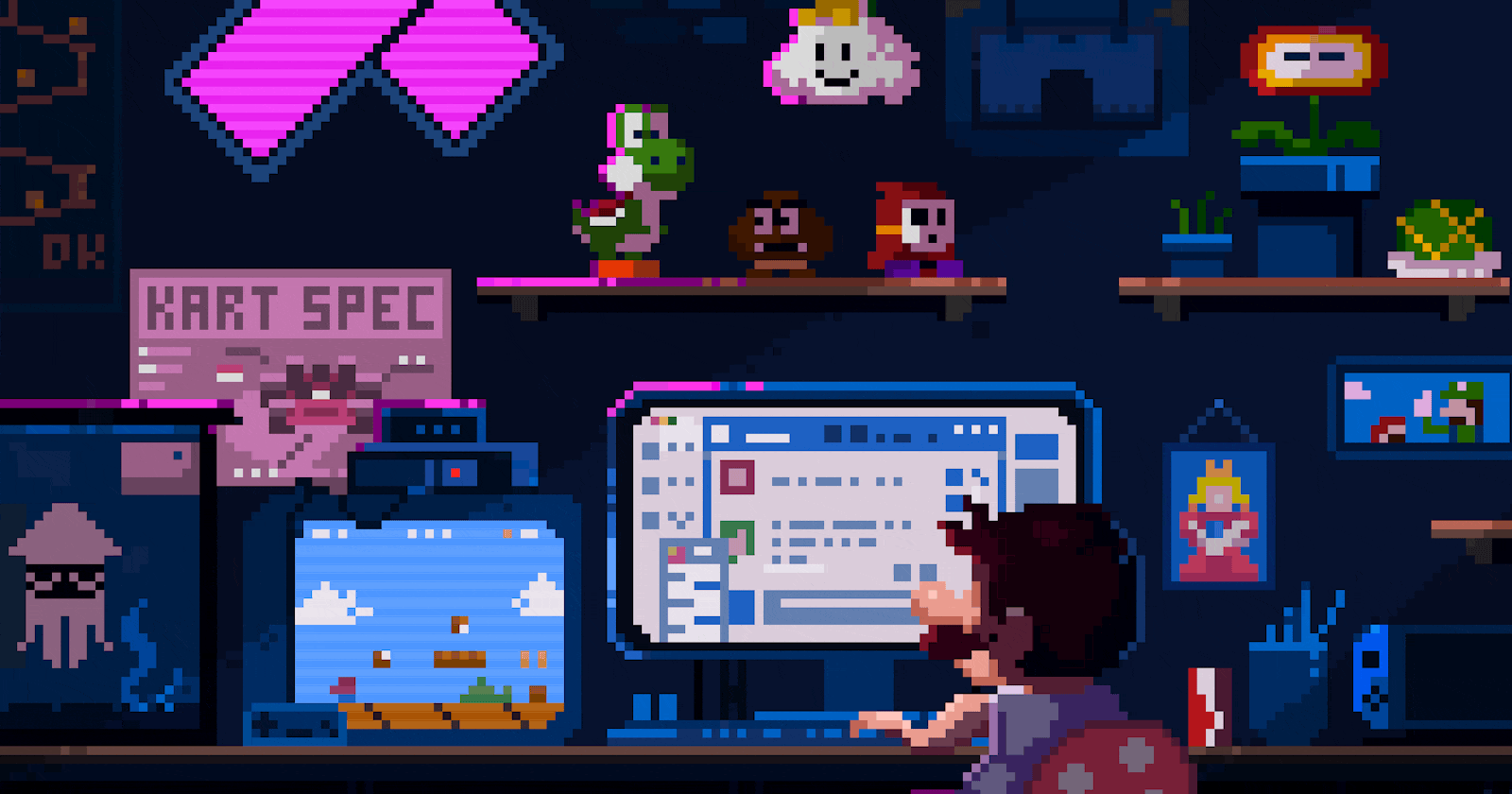Technology is forever changing, and there are always new pieces of technology to replace obsolete ones. I admit, that it’s difficult, and trying to learn web development can be an intimidating process. With the information over-burden, the internet has to bring to the table; we frequently quit even giving it a try. If you don’t have an idea of where to get started, you have come to the perfect location.
Take a deeper look into what front-end development is, different languages, how to learn front-end development, and much more.
A front-end developer builds the front-end portion of the website and web applications But what goes into building that experience? Let’s take a look:
What is Front-end Development?
 You can differentiate the website into two parts: Frontend and Backend. The term front-end refers to the UI, while the back-end means the server, application, and database that work in the background to convey data to the client. The client enters a request through the interface.
You can differentiate the website into two parts: Frontend and Backend. The term front-end refers to the UI, while the back-end means the server, application, and database that work in the background to convey data to the client. The client enters a request through the interface.
Front-end web development, or client-side development, creates web applications so a client can see and connect with them directly. The challenge related to front-end development is that the tools and strategies used to make a site’s front-end change continually, so the developer needs to upgrade according to changes in technology.
Back-end development implies dealing with server-side software, which centers around all that you can’t see on a website. Back-end developers guarantee the website performs accurately, focusing on the database, back-end logic, application programming interface (APIs), architecture, and servers.
A full-stack developer is a handyman. They can work both ends of web development, with capability in an extensive variety of programming languages. As you might expect, the majority of individuals working with application programming interfaces (APIs) work in this job. All three kinds of developers work with the client experience yet utilize different programming languages.
Front-end Web Development Languages
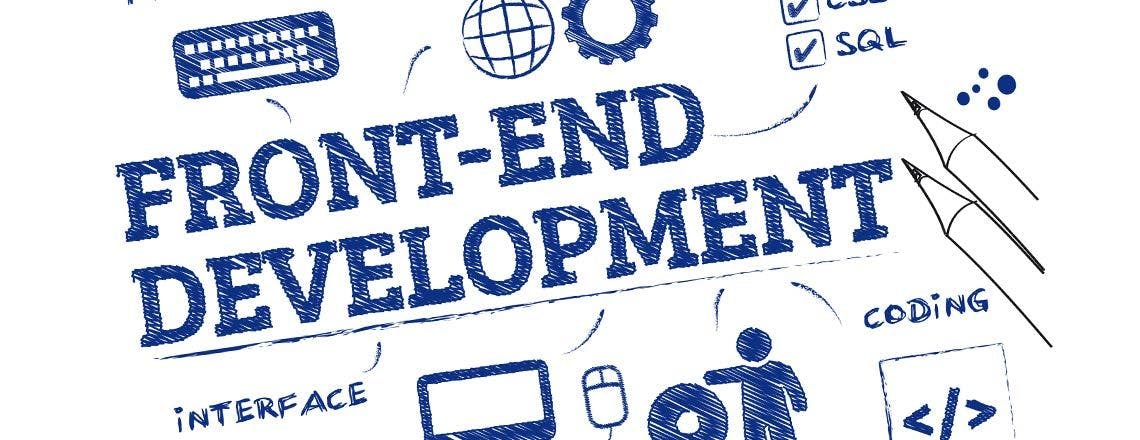 A front-end developer uses code that affects how a website looks and how a user interacts with its web pages. The programming languages that a front-end developer uses can create a static webpage or a dynamic one. Programming languages they use include:
A front-end developer uses code that affects how a website looks and how a user interacts with its web pages. The programming languages that a front-end developer uses can create a static webpage or a dynamic one. Programming languages they use include:
- HTML
- CSS
- Javascript
- Reactjs (JavaScript Library)
What is HTML(Hyper-text Markup Language)?
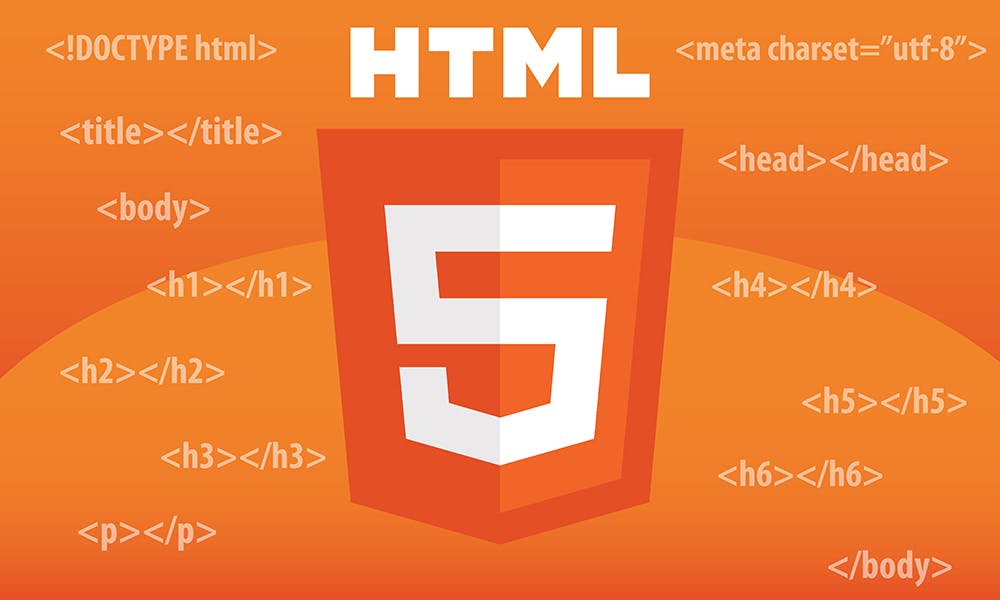 Ah, the eternal question…
Ah, the eternal question…
HTML is a computer language devised to permit website creation. These websites can then be seen by any other person connected to the Internet. It is relatively easy to learn, with the basics being accessible to most people in one sitting; and very strong in what it permits you to make. It is continually going through modification and development to satisfy the needs and necessities of the developing Internet audience under the heading of the » W3C, the organization charged with designing and maintaining the language.
British physicist Tim Berners-Lee created the first rendition of it in 1991. The Web Hypertext Application Technology Working Group manages the current version, the HTML Living Standard. It’s built on HTML5, the fifth version of the markup language, to provide a better user interface with multimedia.
For example, if you wanted to create a page with a heading and text, you could enter your text as follows after declaring that it’s an HTML document:
<!DOCTYPE html>
<html>
<head>
<title>My First HTML Page</title>
</head>
<body>
<h1>My First HTML Page Heading</h1>
<p>This is my First HTML Page text.</p>
</body>
</html>
What is CSS (Cascading Style Sheets)?
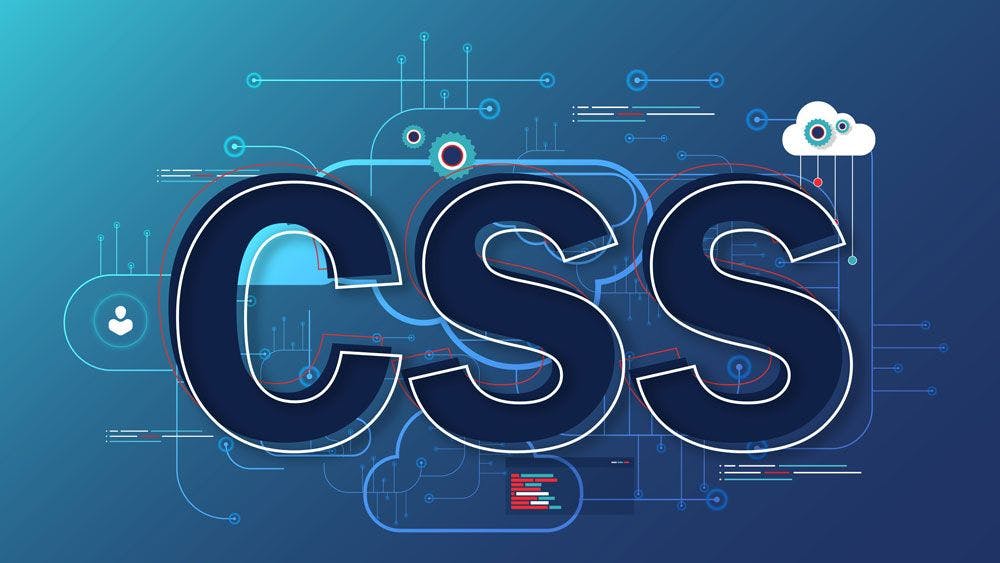
CSS is one of three cornerstone technologies used on the web (the other two are HTML and JavaScript). CSS stands for Cascading Style Sheets — the clues are really in the words ‘cascading’ and ‘style’ with cascading describing the way that one style can cascade from one to another.
The web would be a boring place if all websites look like a book of black text. Using CSS, you can control exactly how HTML elements look in the browser, presenting your markup using whatever design you like.
CSS comes in different versions. CSS level 1 was released in 1996 and republished with corrections in 1999. CSS level 2 appeared in 1998 and was built on CSS level 1. CSS level 2 adds support for different output media. CSS 3 is currently in development and will be split up into modules.
CSS Syntax CSS is a rule-based language — you define the rules by specifying groups of styles that should be applied to particular elements or groups of elements on your web page.
h {
color: red;
font-size: 5em;
}
p {
color: black;
}
What is Javascript?
 JavaScript was created at Netscape Communications by Brendan Eich in 1995. Netscape and Eich designed JavaScript as a scripting language for use with the company’s flagship web browser, Netscape Navigator. Initially known as LiveScript, Netscape changed the name to JavaScript so they could position it as a companion for the Java language, a product of their partner, Sun Microsystems. Apart from some superficial syntactic similarities, though, JavaScript is in no way related to the Java programming language.
JavaScript was created at Netscape Communications by Brendan Eich in 1995. Netscape and Eich designed JavaScript as a scripting language for use with the company’s flagship web browser, Netscape Navigator. Initially known as LiveScript, Netscape changed the name to JavaScript so they could position it as a companion for the Java language, a product of their partner, Sun Microsystems. Apart from some superficial syntactic similarities, though, JavaScript is in no way related to the Java programming language.
JavaScript is a dynamic programming language that’s used for web development, web applications, game development, and lots more. It allows you to implement dynamic features on web pages that cannot be done with only HTML and CSS.
Without JavaScript, all you would have on the web would be HTML and CSS. These by themselves restrict you to a couple of website page executions. 90% (if not more) of your pages would be static, and you’d just have the unique changes like animations that CSS provides.
Javascript Syntax
function alert) {
alert("I am inside a script tag");
}
What is React Js?
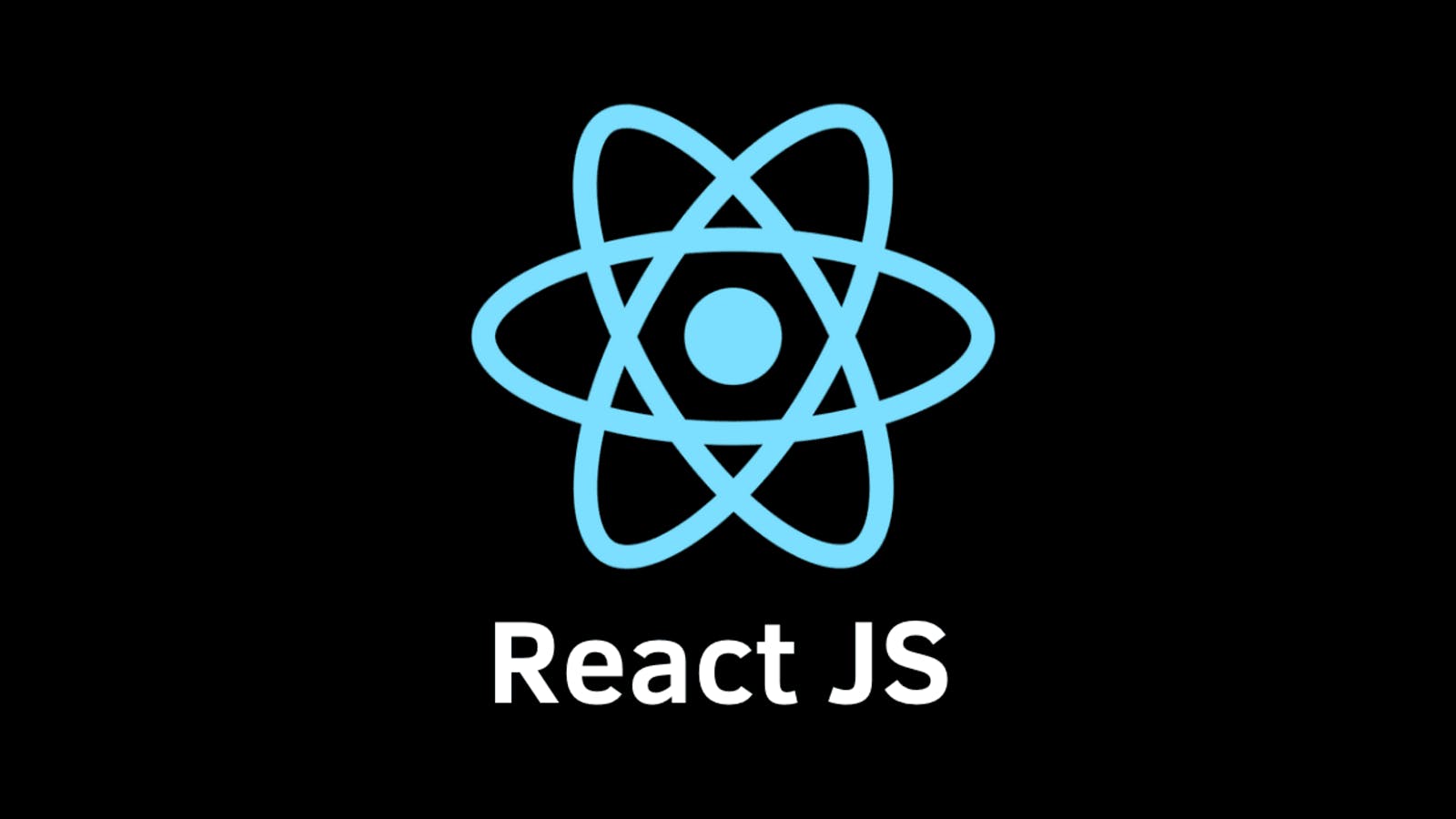 React is a popular open-source JavaScript library that performs data viewing with the help of HTML. It is also known as ReactJS and React.js, so don’t get confused if you read different notations in different places. As it is developed by Facebook, it is also popularly known as “Facebook React.js.” Currently, it is maintained by the likes of Instagram, Facebook, and community developers that are interested in the library.
React is a popular open-source JavaScript library that performs data viewing with the help of HTML. It is also known as ReactJS and React.js, so don’t get confused if you read different notations in different places. As it is developed by Facebook, it is also popularly known as “Facebook React.js.” Currently, it is maintained by the likes of Instagram, Facebook, and community developers that are interested in the library.
React is a new technology when compared with other technologies in the market. It came into existence in 2011, when Jordan Walke, a software engineer at Facebook made the library. React is a declarative, efficient, and flexible JavaScript library for building user interfaces. It lets you compose complex UIs from small and isolated pieces of code called “components”. We use components to tell React what we want to see on the screen.
Fundamentals of React Components: Components are the fundamental building elements of each React application, and most applications include a few components. A part is a user interface element. React divides the user interfaces into distinct, reusable components that might be taken care of independently.
It utilizes two sorts of components :
Functional Components: These components are otherwise called stateless components since they have no state of their own. As props, they might extricate data from different components (properties).
Class Components: These components have a distinct render function for returning JSX to the screen and may keep and control their state. Since they can have a state, they are in some cases named stateful components.
State: The state object is a built-in React object that stores information or data about the part. A part’s state can change over the long run, and when it works out, the part should be re-rendered. The part’s state might change as a result of user activity or framework-generated occasions, and these progressions affect the way of behaving of the part.
Properties (Props): Properties are abbreviated as props. It’s a built-in React object that saves the worth of a label’s attributes and functions in basically the same manner as HTML attributes. It permits you to send data starting with one part and then onto the next similarly as arguments are passed in a function.
Front-end Developer Job Duties
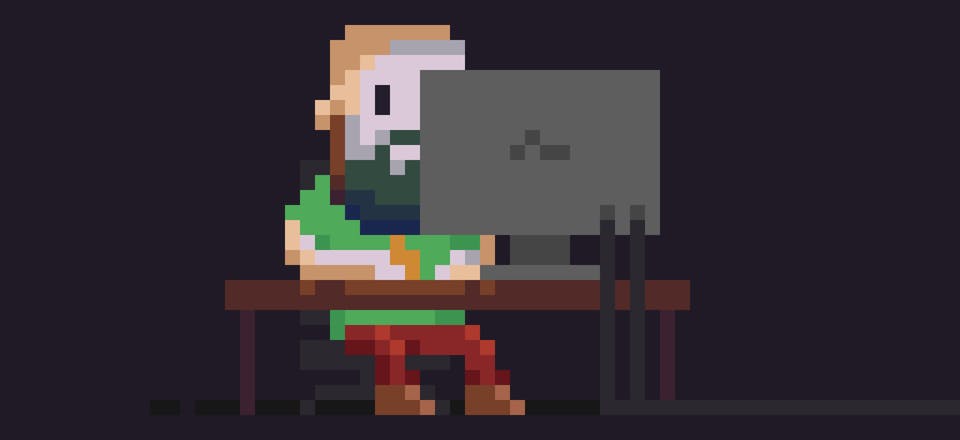 A Front-end Developer is liable for growing new client-facing features, deciding the structure and plan of web pages, building reusable codes, improving page loading times, and utilizing a variety of markup languages to make the pages.
A Front-end Developer is liable for growing new client-facing features, deciding the structure and plan of web pages, building reusable codes, improving page loading times, and utilizing a variety of markup languages to make the pages.
A decent Front-End Web Developer will have an understanding of the web development process from inception to deployment. They will likewise have a decent understanding of industry trends and the most current software projects and languages. In addition to specialized abilities, they need to have fantastic critical thinking abilities and adaptability because of the evolving technologies.
